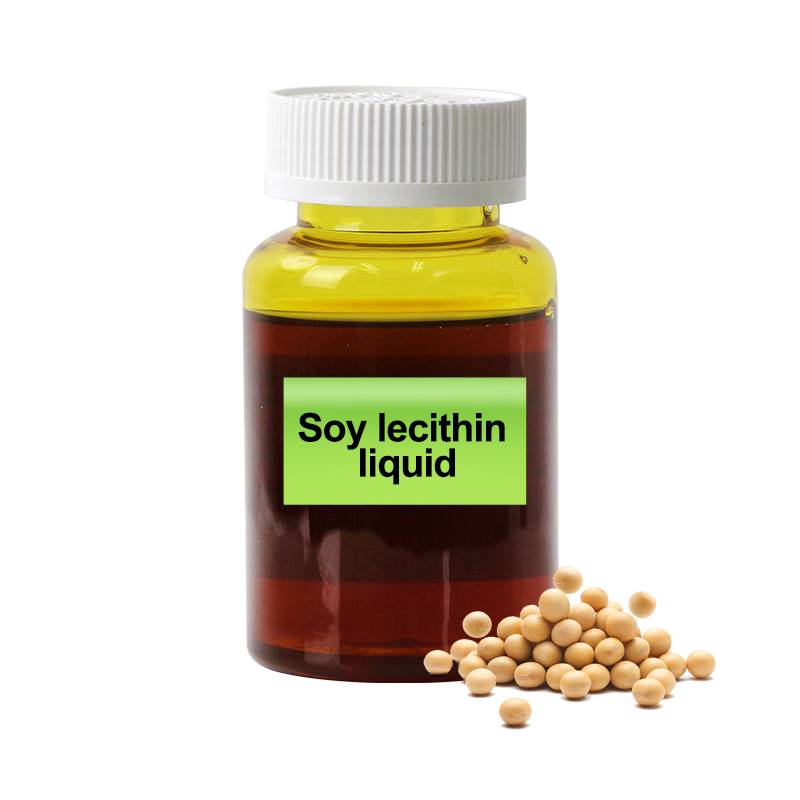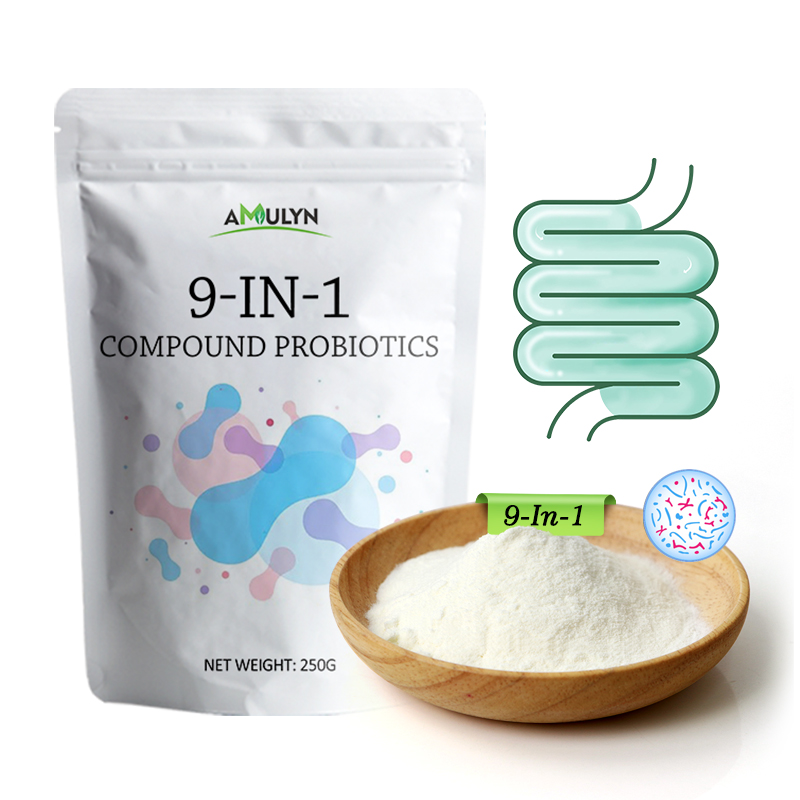Is bitter matcha a sign of low-quality matcha? Many people wonder this when they experience the distinctive bitter taste of this vibrant green powdered tea from Japan. Let's explore what really causes matcha bitterness and how to enjoy a smoother cup.
The Truth About Matcha Bitterness
The bitter taste of matcha isn't always the matcha's fault. High-quality matcha can also taste bitter if prepared incorrectly. Matcha is made from finely ground green tea leaves, and its flavor profile varies based on several factors including type, processing method, and preparation technique.
Key Factors Affecting Matcha Quality
|
Factor
|
Description
|
|
Leaf Quality
|
High-quality matcha uses young, shade-grown tea leaves
|
|
Processing Method
|
Properly de-stemmed and de-veined leaves create smoother taste
|
|
Grinding Technique
|
Finely ground matcha ensures better infusion and balanced flavor
|
The Water Temperature Mistake
One of the most common mistakes when preparing matcha is using water that's too hot. Boiling water scalds the delicate matcha powder, causing bitterness. The ideal temperature is between 160°F to 170°F (70°C to 75°C).
Water Temperature Comparison
|
Water Temperature
|
Effect on Matcha Flavor
|
|
Boiling (212°F/100°C)
|
Causes bitterness and astringency
|
|
Ideal (160°F-170°F/70°C-75°C)
|
Enhances natural sweetness and smoothness
|
|
Cold (Below 60°F/15°C)
|
Insufficient extraction, weak flavor
|
Other Common Preparation Mistakes
Incorrect Matcha Amount
Using too much matcha creates overpowering bitterness, while too little results in weak flavor. The standard amount is 1 to 2 teaspoons (2 to 4 grams) per serving.
Wrong Matcha Type
Different matcha grades serve different purposes. Choosing the right type for your needs significantly affects bitterness.
Matcha Grades and Uses
|
Grade
|
Characteristics
|
Uses
|
|
Ceremonial Grade
|
High quality, smooth, sweet
|
Drinking, tea ceremonies
|
|
Premium Grade
|
Good quality, slightly bitter
|
Daily drinking, lattes
|
|
Culinary Grade
|
Lower quality, more bitter
|
Cooking, baking
|
Incorrect Blending Method
Proper whisking prevents clumps and bitterness. Use a bamboo whisk (chasen) and follow these steps:
-
Sift the Matcha: Use a fine mesh sieve to remove lumps
-
Add Water: Pour pre-heated water (160°F-170°F)
-
Whisk Vigorously: Use a "W" or "M" motion until frothy
Improper Storage
Storing matcha incorrectly degrades quality and increases bitterness. Keep matcha in a cool, dark, dry place away from sunlight, moisture, and strong odors.
Storage Tips
|
Storage Condition
|
Recommendation
|
|
Temperature
|
Cool, below 70°F (21°C)
|
|
Light
|
Dark, avoid direct sunlight
|
|
Moisture
|
Dry, avoid humidity
|
|
Odors
|
Away from strong smells
|
Organic Matcha and Bitterness
Organic matcha, grown without synthetic fertilizers and pesticides, often has a more robust and bitter flavor. This isn't necessarily lower quality but reflects natural growing conditions.
Organic vs. Non-Organic Matcha
|
Aspect
|
Organic Matcha
|
Non-Organic Matcha
|
|
Growing Method
|
No synthetic chemicals
|
May use synthetic inputs
|
|
Flavor Profile
|
More robust, bitter
|
Slightly milder
|
|
Health Benefits
|
Higher in natural antioxidants
|
Lower risk of pesticide residues
|
How to Make Less Bitter Matcha
Follow these tips for a smoother matcha experience:
-
Use the right water temperature (160°F to 170°F)
-
Measure the correct amount (1-2 teaspoons per serving)
-
Choose the right grade (ceremonial or premium)
-
Properly blend with a bamboo whisk
-
Store correctly in cool, dark, dry place
Frequently Asked Questions
Can I add sugar to reduce matcha bitterness?
While sugar can mask bitterness, try natural sweeteners like honey or agave syrup instead. Alternatively, create a matcha latte with milk or milk substitutes to balance bitterness with creaminess.
Is ceremonial matcha less bitter than culinary matcha?
Yes, ceremonial grade matcha is generally less bitter. It uses the youngest, highest quality leaves processed to retain natural sweetness and smoothness.
Can I blend matcha with other flavors to reduce bitterness?
Absolutely! Popular combinations include fruits (berries, citrus), spices (cinnamon, ginger), or other teas (black, oolong). These complement matcha's natural flavors and reduce perceived bitterness.
Conclusion
Matcha bitterness isn't always a sign of low quality. By paying attention to water temperature, using the right amount, choosing the appropriate grade, and following proper blending and storage techniques, you can significantly reduce bitterness and enjoy a smoother, more flavorful matcha experience. Experiment with different flavors and sweeteners to find your perfect matcha blend.
 Koicha Ceremonial Grade Matcha Powder
Koicha Ceremonial Grade Matcha Powder Organic Ceremonial Grade Matcha Powder
Organic Ceremonial Grade Matcha Powder Premium Beverage Grade Matcha Powder
Premium Beverage Grade Matcha Powder Everyday Culinary Grade Matcha Powder
Everyday Culinary Grade Matcha Powder Organic Instant Pure Matcha
Organic Instant Pure Matcha Soy Lecithin Powder
Soy Lecithin Powder Sunflower Lecithin Powder
Sunflower Lecithin Powder Soy Lecithin Granules
Soy Lecithin Granules Phosphatidylcholine
Phosphatidylcholine  Phosphatidylserine
Phosphatidylserine Soy Lecithin Liquid
Soy Lecithin Liquid Reishi Mushroom Powder
Reishi Mushroom Powder Lion's Mane Mushroom Powder
Lion's Mane Mushroom Powder Cordyceps Sinensis Powder
Cordyceps Sinensis Powder Chaga Mushroom Powder
Chaga Mushroom Powder Shiitake Mushroom Powder
Shiitake Mushroom Powder Cordyceps Militaris Powder
Cordyceps Militaris Powder


























































